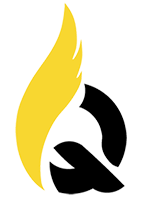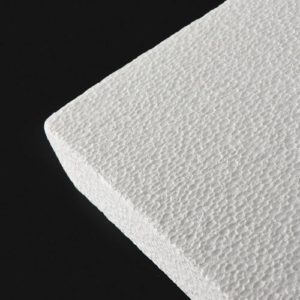Polyvinyl chloride or PVC is formed from the monomer chloroethene, which is commonly known as vinyl chloride.
PVC TYPES:
The popular methods used to manufacture PVC commercially are Suspension PVC (S-PVC) Process and Bulk or Emulsion (E-PVC) Process
Suspension PVC (S-PVC) Process
In pressure-tight reactor, the monomer is introduced with polymerization initiator and other additives. The content of the reaction vessel are mixed continuously to maintain suspension and ensure uniform particle size of PVC resin.
Typical suspension polymerized PVC has a mean particle size of 100-150 µm with a range of 50-250 µm.
S-PVC grades are formulated to meet an extensive range of requirements such as, high plasticizer absorption for flexible products, or high bulk density and good powder flow required for rigid extrusion
Bulk or Emulsion (E-PVC) Process
In this process, surfactants (soaps) are used to disperse the vinyl chloride monomer in water. The monomer is trapped inside soap micelles are protected by the soap and polymerization takes place using water soluble initiators.
The primary particles are solid, smooth surfaced spheres, which are clustered into irregular shaped aggregates with a typical mean particle size of 40-50 µm with a range of 0.1-100 µm.
E-PVC resins are used in a wide range of specialty applications such as coating, dipping or spreading
| SUSPENSION PVC (S-PVC) PROCESS | BULK OR EMULSION (E-PVC) PROCESS |
|---|---|
|
|
| SUSPENSION PVC (S-PVC) PROCESS | BULK OR EMULSION (E-PVC) PROCESS |
|---|---|
|
|
Application
A collection of products made from polyvinyl chloride: pipes, electrical tape, and car parts.




